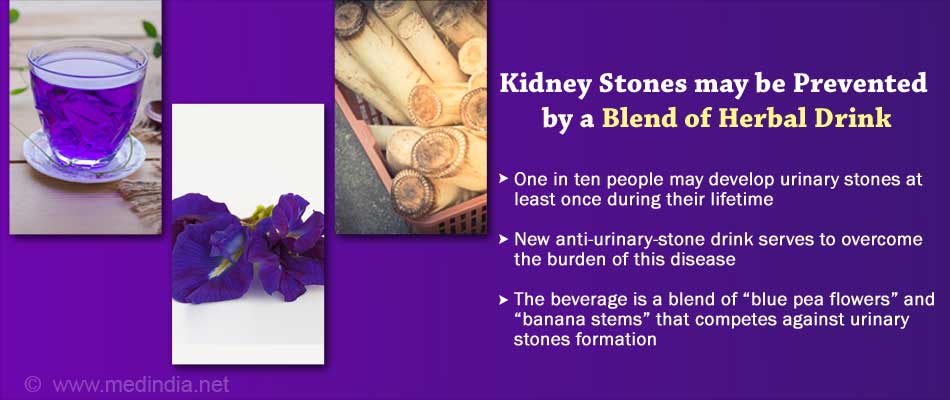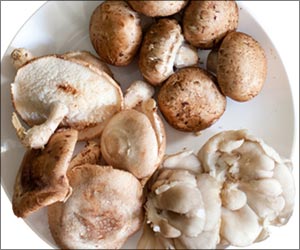. One of the major problems of urinary stones is the
.
The threat of urinary stones remains silent. The most common treatments of urinary stones are medications, ultrasound shockwave therapy (Shock wave lithotripsy – SWL), and surgery,apart from drinking plenty of water and fluids.
Reasons behind Urinary Stone Formation
Many people fail to recognize the potential dangers of this life-threatening condition – urinary stone as a disease. This results in mere neglect of the preventive measures for the disease. Consuming too little water daily raises the risk of urinary stones.
“Normally, people should drink at least 2 liters of water per day, but Thai people drink less on average only 1-1.5 liters per day not enough for the body needs, especially when we live in the tropics and are more dehydrated than those in other parts of the world. This result in concentrated urine that has a deep yellow color, hence more chances of crystal-forming substances hardening into urinary stones. In addition, eating local foods and vegetables high in oxalate, such as betel leaves increases the likelihood of calcium oxalate crystals in the urine that can lead to urinary stones as well,” says Asst. Prof. Dr. Chanchai Boonla, Department of Biochemistry, Faculty of Medicine, and Chulalongkorn University.
Citrate – a potential urinary stone inhibitor is found abundantly in citrus fruits, such as lemon, grapefruit, bergamot, tart cranberries, and melons. However Thai people ignore the preference of these citric fruits over sweet ones, thereby raising the chance of urinary stones crystallization.
Moreover, foods that are high in sodium and protein also increase the chance of urinary stone formation. In the busy schedule of life, increased oxidative stress due to low antioxidants in the food raises the concern for this serious problem.
The Wonder Drink
To overcome the disease burden, the researchers have successfully developed a concentrated beverage from “blue pea flowers” and “banana stems”to reduce the risk of urinary stones formation.
The innovative anti-urinary-stones drink was developed to address the major risk factors of urinary stones. However, the herbal drink is not only loaded with the potential to prevent urinary stone formation but is also tasty and nutritious.
Key-Ingredients to the Combo-Drink
- Banana Stem: The core stems of the banana plant after the complete removal of all the hands of bananas is called the banana stem. The stem consists of a substance that exerts a diuretic effect (elimination of extra fluid or salt from the body) and reduces the amount of oxalate in the urine. They are cheap, easy to find adjuvant for urinary stones medications.
- Blue Pea Flowers: They are highly rich in antioxidants that overcome the oxidative stress of the body. The flower extracts when combined with banana stems in proper ratio and methods, promotes wonders in reducing the risk of urinary stone formation.
The Anti-Urinary-Stones Drink
The drink contains a mixture of both citrate and antioxidants that helps in fighting off urinary stone formation. The product has been certified by the Food and Drug Administration (FDA) in the beverage in sealed containers category with its promising results in the preclinical test.
The blend of modern and traditional medicine focuses on the high recurrence chance of chronic urinary stone problems among Thai people. This also helps in cutting down the side effects of potassium citrate medications.
Facts and Statistics on Urinary Stone
- One in ten people develops kidney stones at least once during their lifetime.
- The kidney stones risk prevails in 15% of the population of the United States of America.
-
The gender-wise risk is evident by 11% in men and 6% in women in the United States. - The prevalence of kidney stones has increased from 3.8% in 1970 to 10% during 2013-2014 in the United States.
-
It is found that although calcium is found in certain kidney stones, actual intake of calcium does not precipitate urinary stone formation. -
Instead, high salt and non-dairy animal protein (meat, beef, chicken, fish, and pork) increase the risk of stones as the salts prevent calcium absorption by the body. -
The hot climatic regions contribute to the high incidence of urinary stones due to dehydration. This is the reason why they are referred to as kidney stone season. - The largest kidney stone recorded was found to be over 5 inches at its widest point as per Guinness World Records.
References:
- Kidney Stones
– (https://www.kidney.org/atoz/content/kidneystones) - Definition & Facts for Kidney Stones
– (https://www.niddk.nih.gov/health-information/urologic-diseases/kidney-stones/definition-facts) - Prevalence and etiology of urinary stones in hospitalized patients in Baghdad
– (http://www.emro.who.int/emhj-volume-12-2006/volume-12-issue-6/prevalence-and-etiology-of-urinary-stones-in-hospitalized-patients-in-baghdad.html) - 10 Surprising Facts About Kidney Stones
– (https://www.keckmedicine.org/10-surprising-facts-about-kidney-stones/)
Source: Medindia



